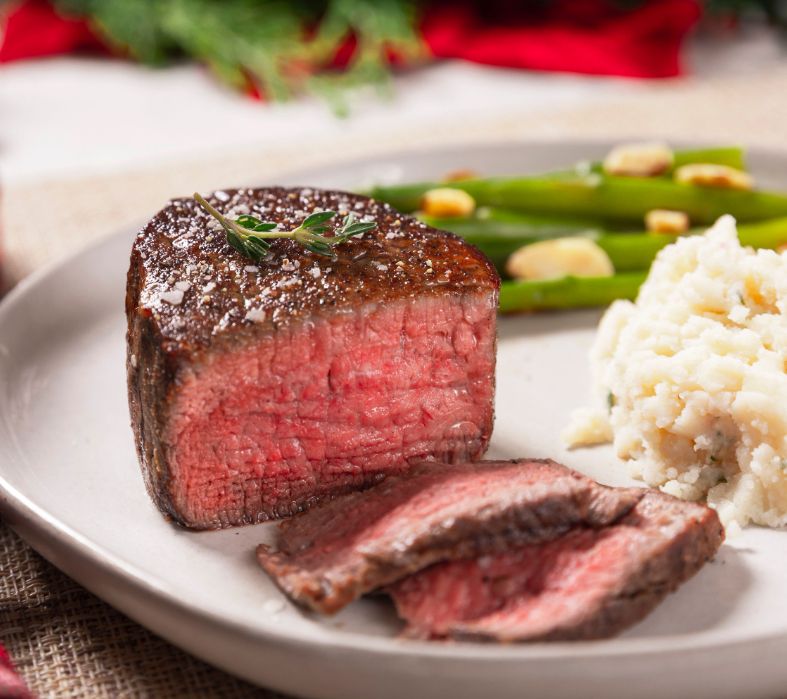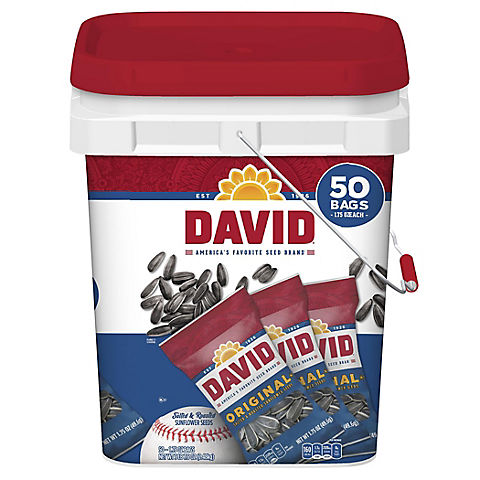Arla Lactofree Slightly Salted Spreadable Blend of Butter and Rapeseed Oil – 250g
Delicious dairy that’s easier to digest. Lactose Free* Blended Slightly Salted Butter Spread 75% (51% Milk Fat, 24% Rapeseed Oil)
Welcome to LactoFree
Delicious dairy that’s easier to digest*
Lactose Free* Blended Slightly Salted Butter Spread 75% (51% Milk Fat, 24% Rapeseed Oil)
*Easier to digest if you may be lactose intolerant or have a sensitive gut. Less than 0.03% lactose. We use rigorous scientific testing to ensure that Arla LactoFree spreadable contains no lactose, using accurate accredited tests, enabling us to detect lactose at a trace level of 0.03%. At this level our tests show that there is no lactose present in Arla LactoFree.
Delicious dairy that’s easier to digest*
Lactose Free* Blended Slightly Salted Butter Spread 75% (51% Milk Fat, 24% Rapeseed Oil)
*Easier to digest if you may be lactose intolerant or have a sensitive gut. Less than 0.03% lactose. We use rigorous scientific testing to ensure that Arla LactoFree spreadable contains no lactose, using accurate accredited tests, enabling us to detect lactose at a trace level of 0.03%. At this level our tests show that there is no lactose present in Arla LactoFree.
All natural ingredients, Farmer Owned – care in every step from cow to you, Real dairy taste, Made with cows milk, Free from lactose, Suitable for vegetarians
Country of Origin
Sweden
Additional information
| Ingredients | Butter (62%) (Milk), Rapeseed Oil, Water, Salt, Lactic Culture (Milk), Lactase Enzyme |
|---|






by Tamara
another reviewer said it was the best dairy free butter. but this is lactose free not milk/dairy free. It is an amazing option for still being able to have real butter!!!
by Notanejit
Can’t really add anymore to the other high rating reviews. This is the best dairy free spread I have tasted. Thank you fellow reviewers.
by Malvern
Was looking for something lactose or dairy-free for health reasons, to put in baking. Have tried a few products and this was lovely in GF shortbread! The Flora Vegan Plant Butter was great as a block butter too and created a different consistency. The Arla cheeses are also excellent if you want the dairy, but not the lactose.
by Wendy
I’m not too bothered about it being lactose free, because butter doesn’t bother me like that. But I wanted lower saturated fat and no palm oil, which this has. It tastes good and spreads well.
by Cherry
Really nice buttery spread. I like this smaller tub, normally the big ones are too big for us. But it would be handy to be available in different sizes.